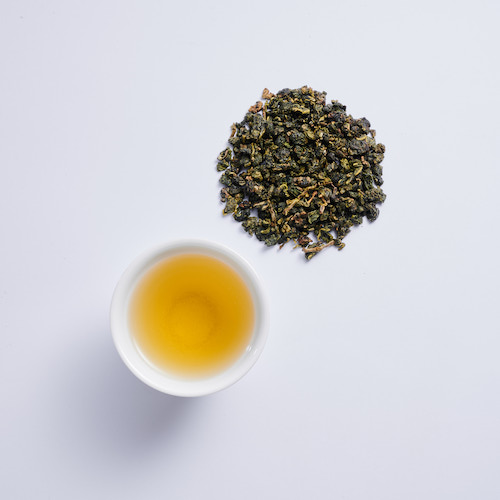Oolong tea offers a unique flavor that blends the qualities of both green and black teas, resulting in a diverse range of tastes. It stands out for its ability to present multiple layers of flavor—ranging from light, floral notes to rich, roasted undertones. The level of oxidation during processing, which varies from 10% to 80%, determines the tea’s final profile, giving each type of oolong its distinctive character.
Lighter oolongs tend to be sweet, floral, and fruity, while darker oolongs are more robust, with hints of earthiness and toastiness. For tea drinkers seeking a sophisticated experience, oolong’s complexity is a delight, offering depth and variety in every sip. Each cup invites you to savor the delicate dance between sweet and bitter notes, making it an exciting journey for the palate.
Is Oolong Tea Sweet or Bitter?
Oolong tea can be sweet, bitter, or somewhere in between, depending on the variety and how it’s brewed. For instance, lighter oolongs are known for their natural sweetness, often carrying floral or fruity flavors. These teas have a soft, sweet finish, with tasting notes that remind drinkers of orchids, peaches, or honey.
In contrast, darker oolongs lean towards a stronger, roasted flavor with a slight bitterness. This bitterness is subtle and balanced by toasty, nutty undertones. For those who appreciate a tea with more depth, the bitter notes can add complexity to the experience without being overwhelming.
Ultimately, oolong tea strikes a balance between sweet and bitter flavors. The result is a harmonious blend that allows both characteristics to shine without overshadowing each other.
How to Make Oolong Tea Taste Better?
To bring out the best in oolong tea, it’s essential to focus on proper preparation. The key to enhancing its natural flavors lies in attention to detail, particularly with water temperature and steeping time.
Water temperature plays a critical role. Oolong tea requires water heated to around 185°F to 205°F (85°C to 96°C). Using boiling water can burn the leaves, resulting in bitterness, while water that’s too cool won’t fully extract the tea’s flavors. The goal is to preserve the tea’s delicate sweetness and aromatic qualities by finding the right balance in water temperature.
Steeping time should be carefully managed. Lighter oolongs need around 3 minutes of steeping to avoid bitterness, while darker oolongs benefit from slightly longer steeps of up to 5 minutes. Oolong tea is also known for its ability to be steeped multiple times, with each infusion revealing new flavors and layers of complexity.
To enhance oolong’s taste without overwhelming it, consider adding a light touch of honey or a slice of fresh fruit like peach or pear. These additions bring out the tea’s natural sweetness while complementing its floral or fruity notes.
What Is the Best Way to Drink Oolong Tea?
The best way to drink oolong tea is slowly and thoughtfully, allowing time to appreciate its evolving flavors. Oolong tea’s magic unfolds over multiple infusions, making it ideal for gongfu-style brewing. This traditional method uses smaller teapots and shorter steeping times, allowing you to savor each infusion’s subtle changes. With each pour, you’ll discover new nuances—whether it’s the floral brightness of a lighter oolong or the earthy richness of a darker one.
Drinking oolong in its purest form, whether using loose-leaf tea or tea bags, is the best way to enjoy its full flavor profile. It’s worth tasting the tea without additives first to fully appreciate the balance between sweetness, bitterness, and the complex notes of each variety. If you wish to enhance the flavor, opt for subtle additions that won’t mask the tea’s natural qualities.
Oolong tea is more than just a drink—it’s an invitation to slow down and savor the experience. Each cup brings a discovery, making it a tea that evolves with every sip, creating a lasting impression for tea enthusiasts.
